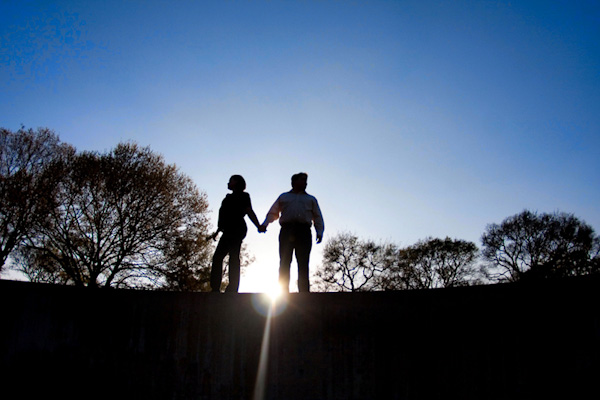So I’ve talked about shooting outside with full sun, even shade, dappled shade, sunrise/sunset, and cloudy days. What about when you want to shoot indoors with natural light? Easy! Just look for the best light. Anyone notice a pattern here? Look for the best light.
Indoors, the best natural light will be when you have your subject facing a window (the main light.) You should know that depending on the time of day, the light may be harsh. If so, just move the subject further away from the window (like 3 or 5 feet) until you get that soft light you’re looking for. If there isn’t much sun left and it’s late afternoon (or very early morning) you may have to move the subject closer to the window (like 1-2 feet.)
Just like all the other types of natural light, you want to move around your subject and shoot from different angles. After a while you’ll find different angles produce better light than others.
This kind of indoor light is okay, but it’s not amazing light. Also, darker color walls and floors tend to absorb light and make a room appear more dark. That being said, if you have a lot of white or light color walls, the light will be reflected and you can get a ton of light in a room that has only 1 or 2 windows.
Instead of shooting in a dimly lit room, try looking for places where bright window light fills the room, and place your subject in that light. Remember to move around the subject and try different angles.
Here’s a self portrait of me sitting in the dining room (in the light pictured above.) Yes, there was a couch in my dining room. Look at that nice, even light.
I can’t say this enough…. remember that not all good light is great light. In this example above, Ava was sitting on our bed, and we had several windows in the room. The image on the left is nice, but I moved slightly to the right for a different angle. The light looks much better in the photo on the right. See what I mean? I changed the angle just a few inches. That move made a big difference in the quality of light for this picture.
When using reflectors you’ll always want to position it so that the light bounces back the main light. In the example above, the window to the left is the main light and the reflector is bouncing that light back to Ava’s left side of her body. Since she wasn’t directly facing the window, I wanted to “fill in” the left side of her face with more light. This was not the only window in this part of the house – the right side of the couch had a couple of windows about ten feet away. So you don’t always have to have the subject face the main window, if you have enough natural light coming in from different directions.
I’ve said it before and I’ll say it again – look at your subject from different angles. Look for the best light. It doesn’t matter if you’re shooting in full sun, dappled shade, even shade, sunrise/sunset, cloudy or inside with window light. You must do this in each situation and at each new location. Try shooting different angles until you get that light that makes your subject glow.




































